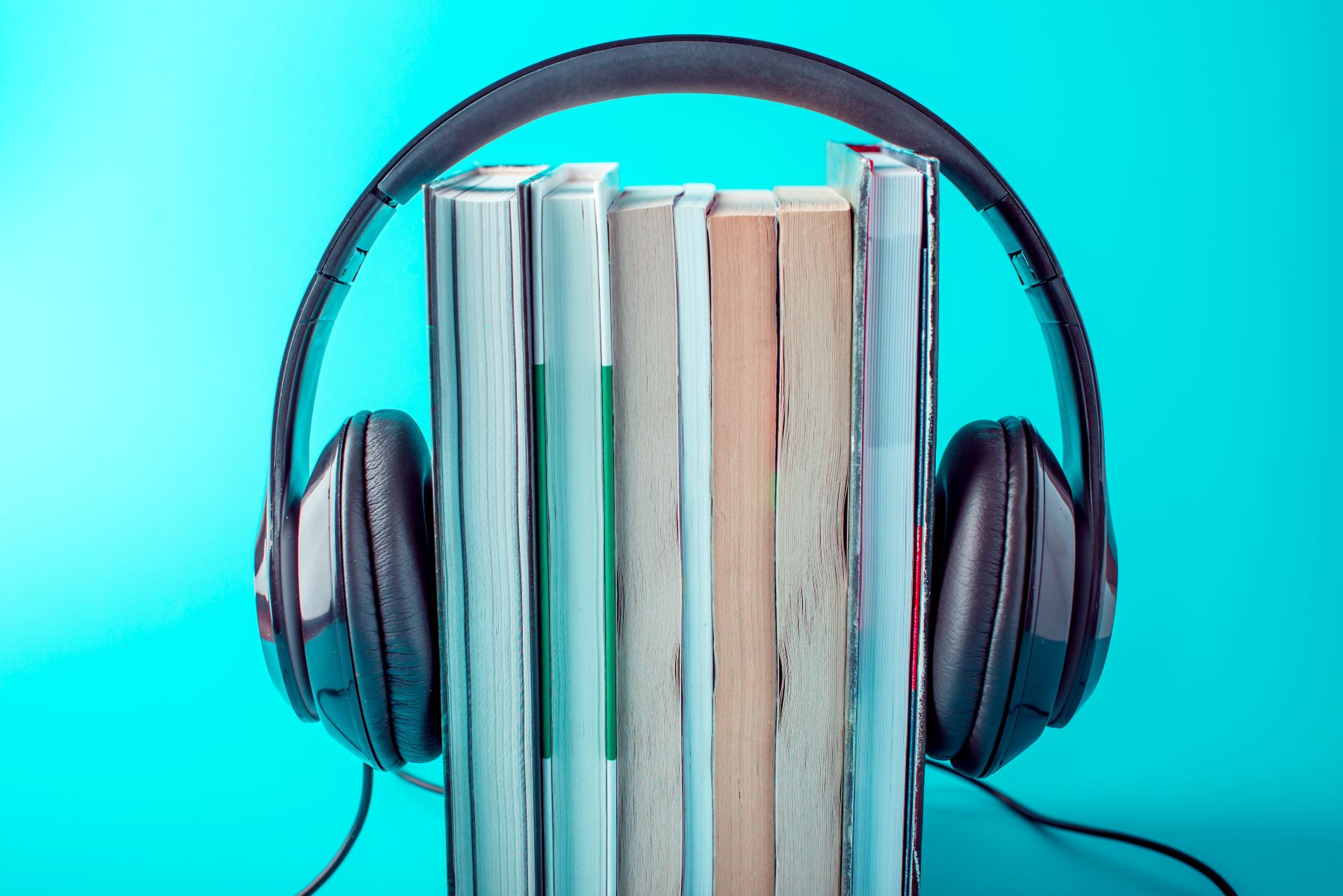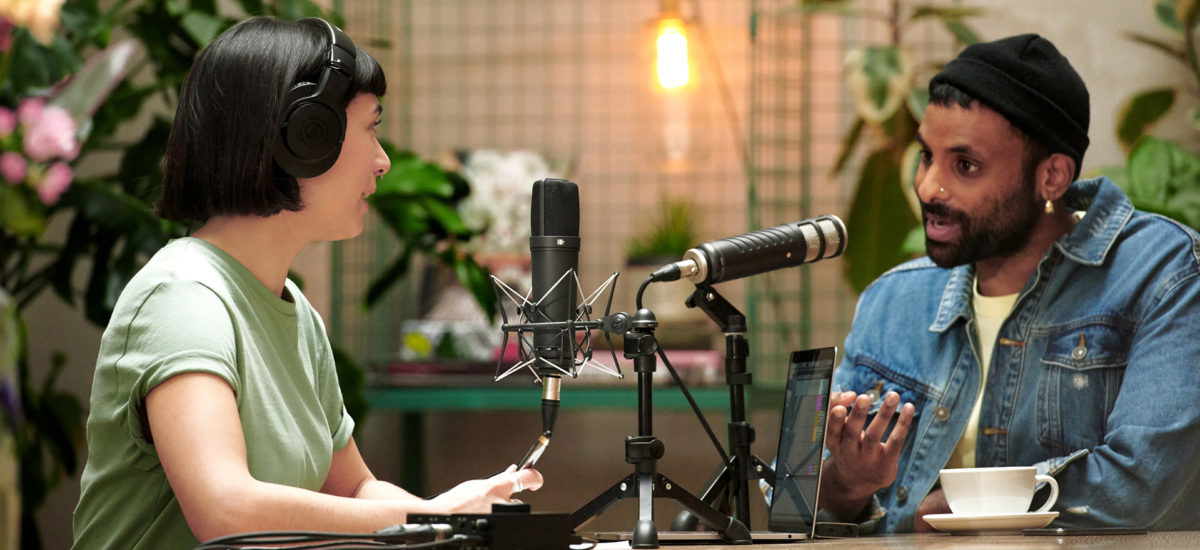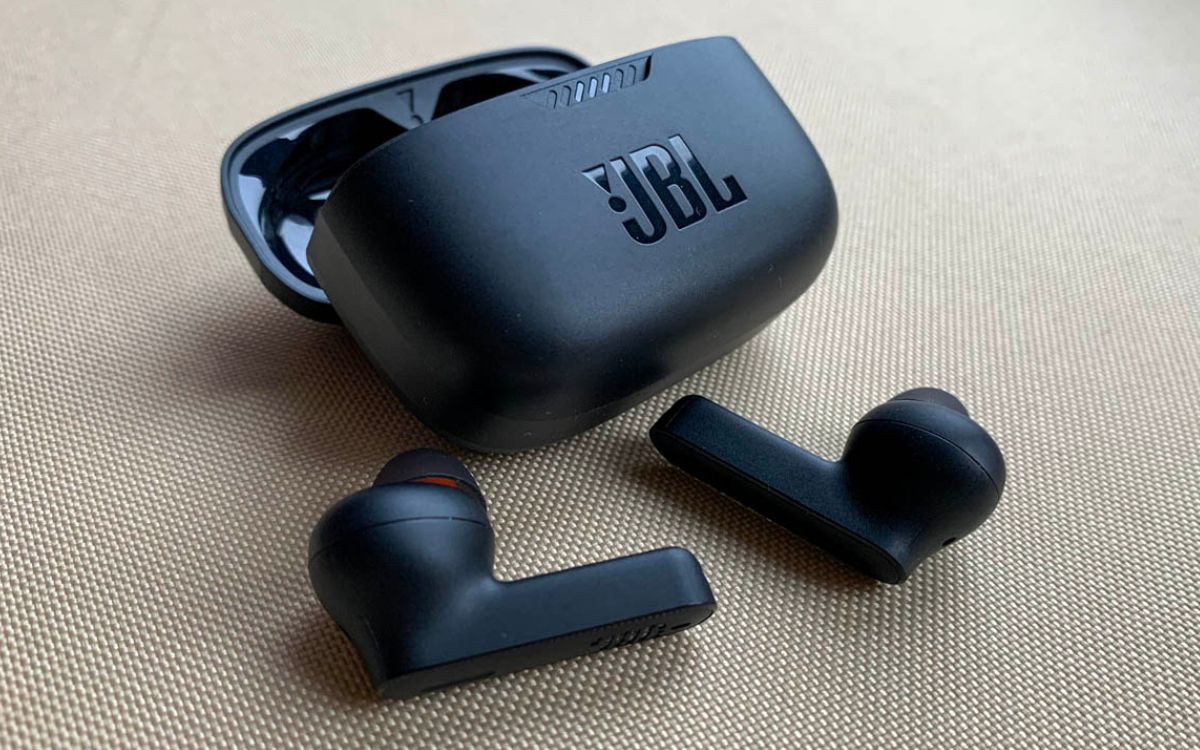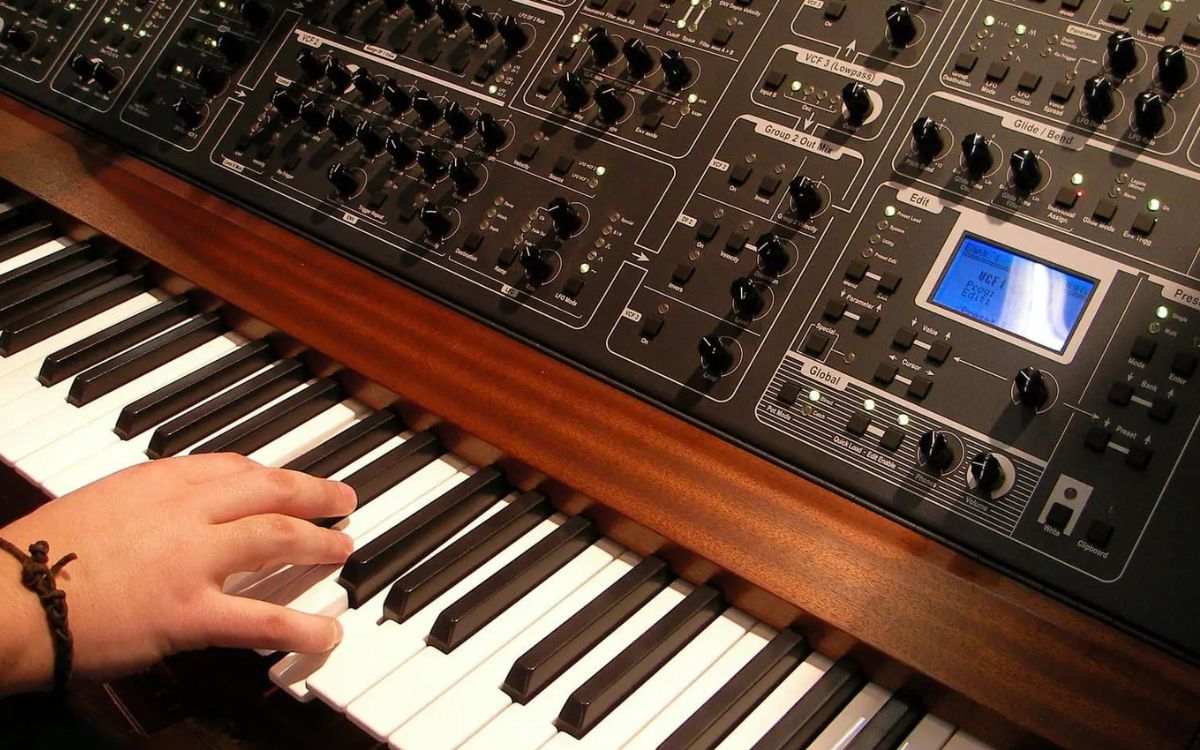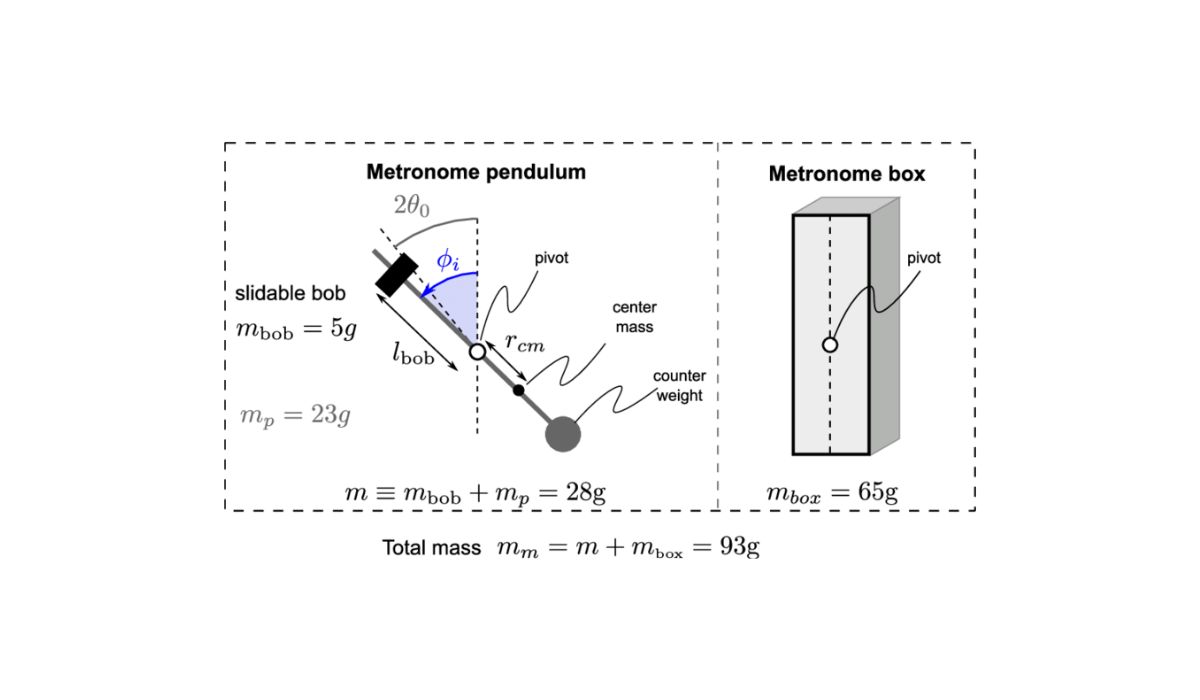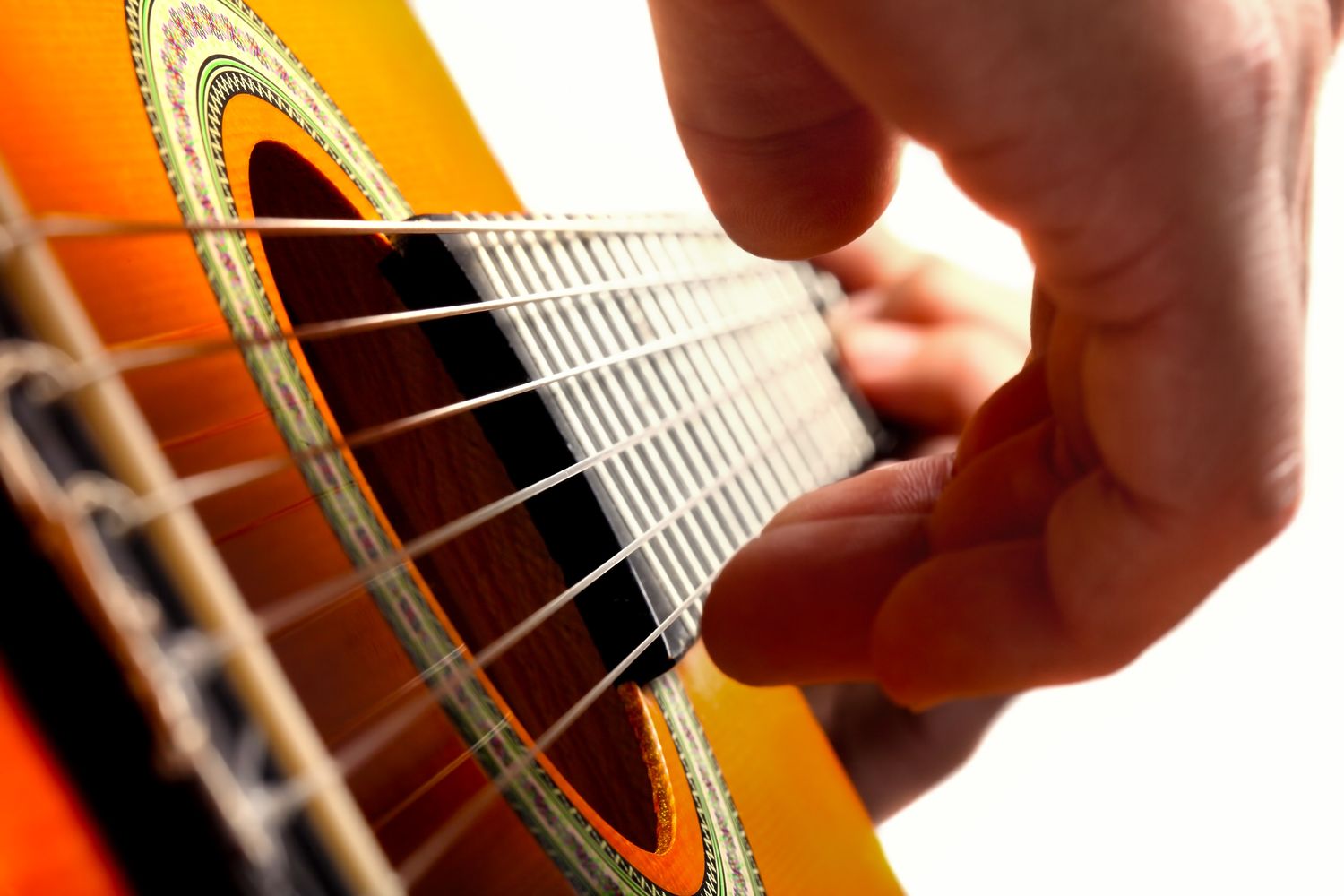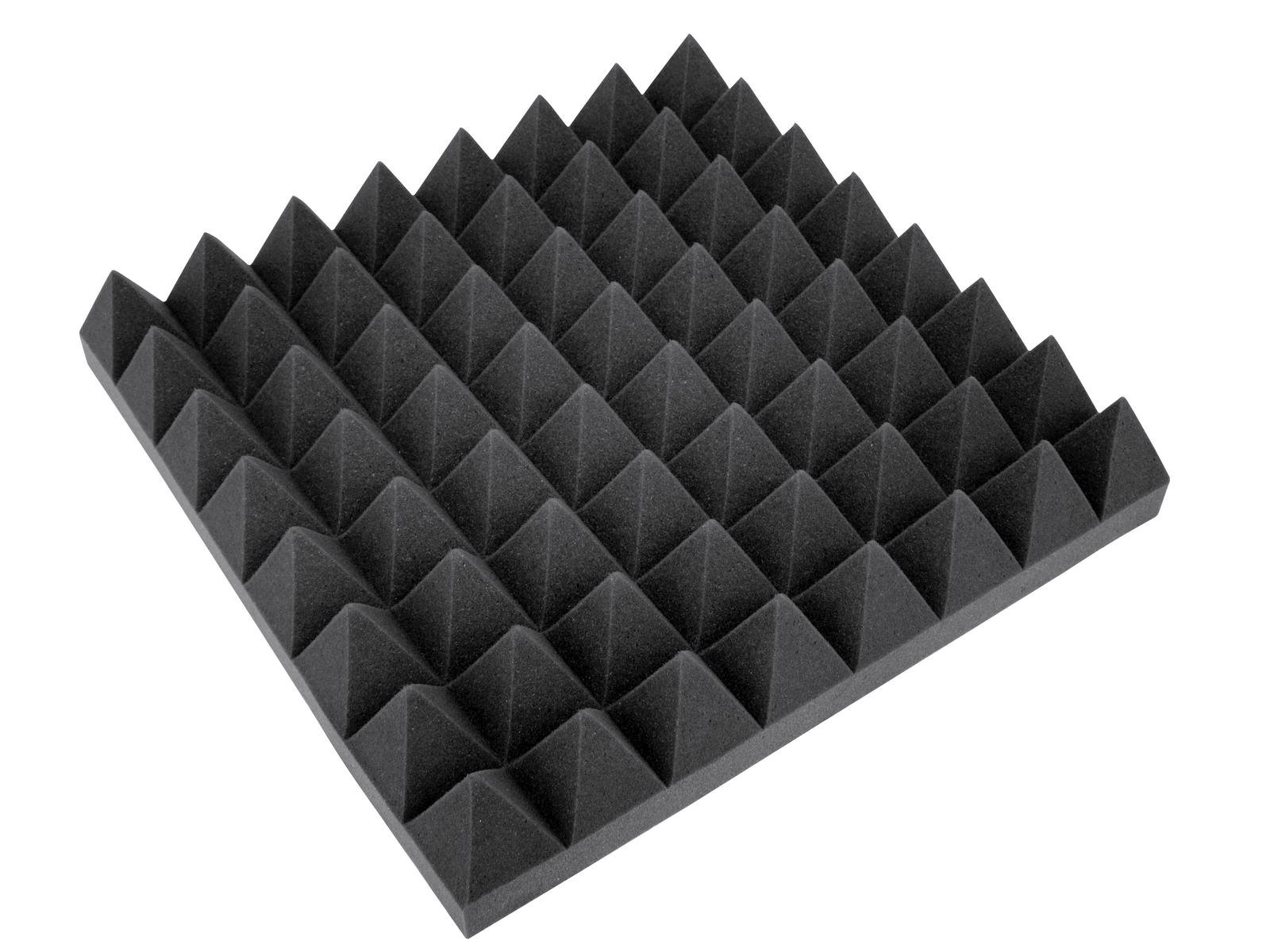Home>Devices & Equipment>Turntable>How Does A Bluetooth Turntable Work
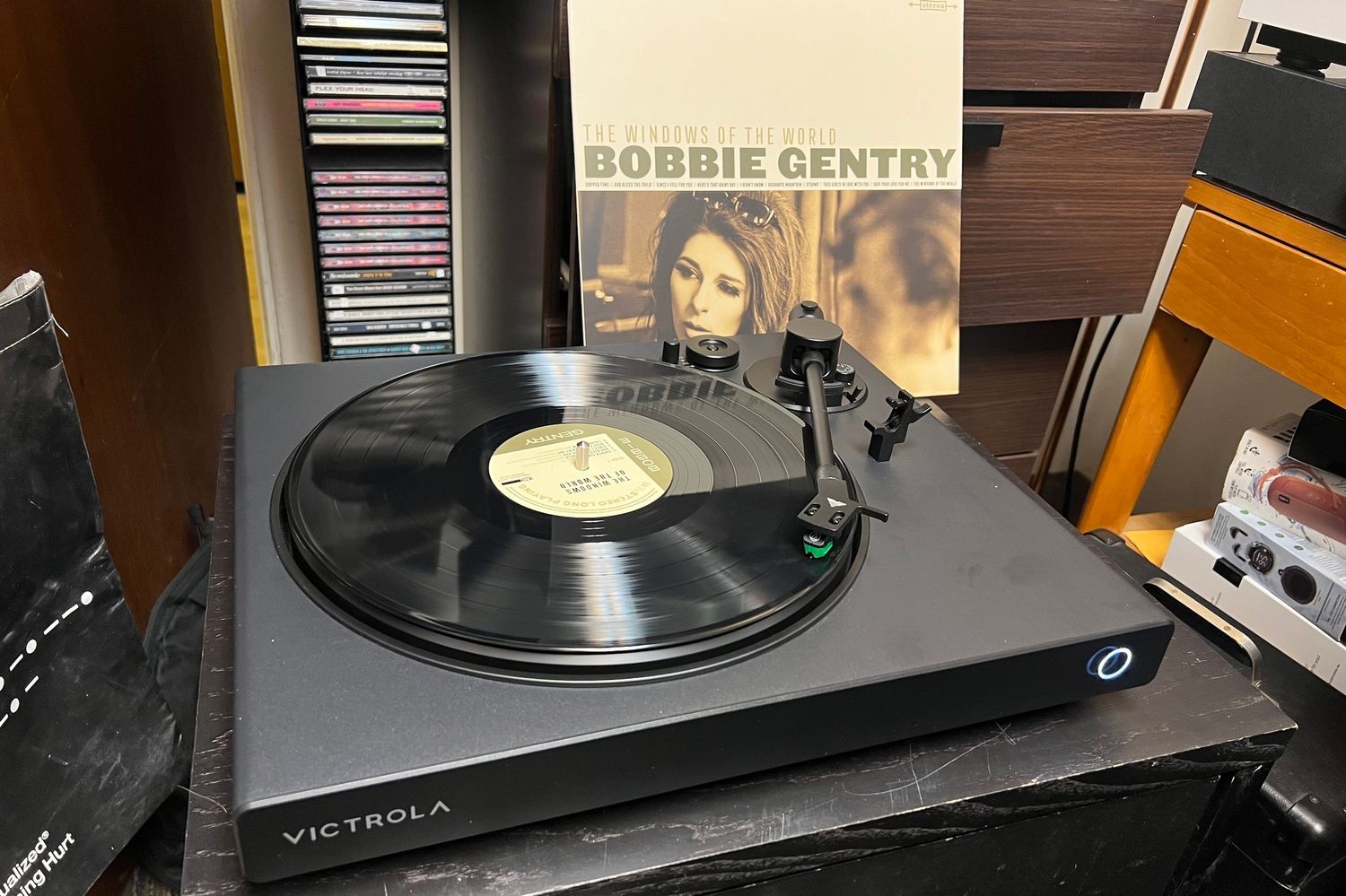

Turntable
How Does A Bluetooth Turntable Work
Modified: January 22, 2024
Discover how a Bluetooth turntable works and enjoy the convenience of wireless streaming. Experience the perfect blend of vintage charm and modern connectivity with this innovative turntable.
(Many of the links in this article redirect to a specific reviewed product. Your purchase of these products through affiliate links helps to generate commission for AudioLover.com, at no extra cost. Learn more)
Table of Contents
Introduction
Welcome to the world of turntables, where vintage meets modern! In this digital age, music lovers and audiophiles are rediscovering the magic of vinyl records. The crisp sound, the warm tones, the nostalgia – all contribute to the unique experience of playing vinyl records.
But what if you could combine the charm of vinyl with the convenience of wireless connectivity? This is where Bluetooth turntables come into play. A Bluetooth turntable allows you to wirelessly connect your turntable to other devices, such as speakers, headphones, or even your smartphone, making it easier than ever to enjoy your vinyl collection.
Whether you’re a seasoned vinyl enthusiast or a newbie looking to explore the world of turntables, understanding how Bluetooth turntables work can elevate your listening experience to a whole new level. In this article, we will delve into the technology behind Bluetooth turntables, explore their components, discuss the setup process, and weigh the advantages and disadvantages of owning one.
So, if you’re ready to learn about the fascinating world of Bluetooth turntables, let’s get started!
What is a Bluetooth Turntable?
A Bluetooth turntable is a modern twist on the classic vinyl record player. It combines the nostalgia of vinyl with the convenience of wireless technology. Unlike traditional turntables that require a wired connection to external speakers or amps, a Bluetooth turntable can connect wirelessly to other devices such as Bluetooth-enabled speakers, headphones, or even your smartphone.
Bluetooth technology has revolutionized the way we connect and transmit audio signals. By incorporating Bluetooth capabilities into a turntable, you can enjoy the warmth and beauty of vinyl records without the hassle of tangled wires or limited placement options.
With a Bluetooth turntable, you have the freedom to move around your space without being tethered to your audio system. You can stream your vinyl records wirelessly to Bluetooth speakers placed anywhere in the room, creating a more immersive and enjoyable listening experience.
Additionally, this wireless connectivity allows you to easily connect your turntable to other Bluetooth-enabled devices, such as headphones or smartphones. This means you can listen to your vinyl collection privately through headphones or even digitize your records by streaming them to your smartphone or computer for recording or sharing purposes.
Bluetooth turntables are designed to bridge the gap between analog and digital audio. They give you the best of both worlds, allowing you to preserve and enjoy your vinyl collection while also providing the flexibility to connect wirelessly to modern audio devices.
Now that we know what a Bluetooth turntable is, let’s dive deeper into the technology behind it and how it actually works.
Bluetooth Technology
Bluetooth technology is a wireless communication protocol that allows devices to connect and exchange data over short distances. It operates in the 2.4GHz frequency range and uses radio waves to transmit data between devices. Developed in the 1990s, Bluetooth has become a widely used technology for wireless audio streaming.
When it comes to Bluetooth turntables, this technology enables the seamless wireless connection between the turntable and other Bluetooth-enabled devices, such as speakers or headphones. The Bluetooth connectivity eliminates the need for physical cables and enables a more flexible and convenient audio setup.
Bluetooth utilizes a pairing process between devices to establish a secure connection. When you pair your Bluetooth turntable with another device, they exchange encrypted passkeys or codes to ensure a secure and private connection.
One of the key advantages of Bluetooth technology is its compatibility with a wide range of devices. Most modern smartphones, tablets, laptops, and speakers are equipped with Bluetooth capabilities, making it easy to connect your turntable to various audio devices without compatibility issues.
Furthermore, Bluetooth also supports different audio codecs, such as SBC (Subband Coding), AAC (Advanced Audio Coding), and aptX, that determine the quality and efficiency of audio transmission. The choice of audio codec can affect the sound quality, latency, and overall performance of the Bluetooth connection.
It’s important to note that while Bluetooth technology offers the convenience of wireless connectivity, it does have its limitations. Bluetooth connections typically have a limited range, usually up to 30 feet (10 meters), and can be subject to interference from other wireless devices or obstacles like walls or furniture.
Now that we understand the basics of Bluetooth technology, let’s explore how it is incorporated into Bluetooth turntables and how it enables wireless audio streaming.
How Does a Bluetooth Turntable Work?
A Bluetooth turntable works by combining the traditional mechanics of a vinyl record player with Bluetooth technology to enable wireless audio streaming. It allows you to connect your turntable wirelessly to other Bluetooth-enabled devices, such as speakers, headphones, or your smartphone.
The process begins with the Bluetooth turntable itself, which is equipped with a built-in Bluetooth transmitter. This transmitter allows the turntable to communicate with other Bluetooth devices and send audio signals wirelessly.
When you want to play a vinyl record, you simply place it on the turntable’s platter and start the rotation. The tonearm, needle, and cartridge work together to read the grooves on the record and convert the analog sound into an electrical signal.
Instead of sending this electrical signal through traditional wired connections, the Bluetooth turntable converts it into a digital format. The built-in Bluetooth transmitter then takes this digital audio signal and encodes it using Bluetooth technology.
Once the audio is encoded, the Bluetooth turntable searches for nearby Bluetooth devices to connect with. This can be a Bluetooth speaker, headphones, or even your smartphone. The turntable and the target device initiate a pairing process where they exchange passkeys or codes to establish a secure connection.
Once the pairing is successful, the Bluetooth turntable starts streaming the encoded audio signal to the connected device. The connected device will then decode the audio signal and convert it back into an analog format that can be played through speakers or heard through headphones.
It’s important to note that while a Bluetooth turntable allows for wireless audio streaming, it is still capable of connecting to non-Bluetooth devices. Many Bluetooth turntables also have traditional analog output options, such as RCA or phono outputs, allowing you to connect them to external speakers or amplifiers using cables.
The incorporation of Bluetooth technology into turntables opens up a whole new world of possibilities for music lovers. It allows for greater flexibility in terms of placement and connectivity options, making it easier to enjoy your vinyl records in different settings.
Now that we understand the inner workings of a Bluetooth turntable, let’s explore the various components that make up this innovative device.
Components of a Bluetooth Turntable
A Bluetooth turntable consists of several key components that work together to provide the ultimate vinyl listening experience. Understanding these components can help you choose the right Bluetooth turntable for your needs. Let’s take a closer look at each of them:
- Platter and Turntable Base: The platter is the rotating platform where you place your vinyl records. It is usually made of materials like aluminum or acrylic and helps stabilize the record during playback. The turntable base houses the motor and other mechanical components that drive the rotation of the platter.
- Tonearm: The tonearm is an essential part of a turntable that holds the cartridge and needle. Its primary function is to guide the needle along the grooves of the record, ensuring accurate tracking and sound reproduction.
- Cartridge and Stylus: The cartridge is a tiny device that holds the stylus or needle. It converts the physical vibrations of the needle as it moves along the record grooves into an electrical signal. The stylus, also known as the needle, is the part that makes direct contact with the record and extracts the audio information encoded in the grooves.
- Phono Preamp: Many Bluetooth turntables come with a built-in phono preamplifier (preamp). The preamp is responsible for amplifying and equalizing the signal from the cartridge before sending it to the speakers or audio output. If your Bluetooth turntable doesn’t have a built-in preamp, you may need an external phono preamp to connect it to a standard line-level input.
- Bluetooth Transmitter: This is the key component that sets a Bluetooth turntable apart from traditional turntables. The built-in Bluetooth transmitter allows the turntable to wirelessly transmit the audio signal to other Bluetooth-enabled devices such as speakers or headphones.
- Control Panel: The control panel on a Bluetooth turntable typically includes buttons or switches for power, play, pause, stop, and speed control. Some advanced models may also include features like auto-stop, pitch control, or playback modes.
- Connectivity Options: In addition to Bluetooth connectivity, many Bluetooth turntables offer other connection options. These can include traditional analog outputs like RCA or phono outputs for connecting to external speakers or amplifiers using cables. Some models may also feature USB ports for digitizing your vinyl collection or connecting to a computer for recording purposes.
- Power Supply: Most Bluetooth turntables come with an external power supply or built-in rechargeable batteries. The power supply ensures the consistent rotation of the platter and the operation of other electronic components.
These are the primary components you’ll find in a Bluetooth turntable. The quality and design of these components can vary depending on the brand and model, so it’s important to consider your specific needs and preferences when choosing a Bluetooth turntable.
Now that we understand the components of a Bluetooth turntable, let’s move on to the setup process and how to connect a Bluetooth turntable to other devices.
Setting up and Connecting a Bluetooth Turntable
Setting up and connecting a Bluetooth turntable is a fairly straightforward process. Here’s a step-by-step guide to help you get started:
- Choose a Suitable Location: Find a suitable location for your Bluetooth turntable. Ensure it is placed on a stable surface away from vibrations and other electronic devices that may cause interference.
- Connect the Power: Plug in the power supply provided with your Bluetooth turntable. Make sure it is properly connected to an electrical outlet or a power source. Some models may have a built-in rechargeable battery, eliminating the need for an external power supply.
- Set Up the Platter and Belt: If your turntable has a belt-drive system, place the platter on the turntable base and attach the belt to the motor spindle and the underside of the platter. If it’s a direct-drive turntable, you won’t need to worry about the belt.
- Assemble the Tonearm and Cartridge: Mount the cartridge on the end of the tonearm according to the manufacturer’s instructions. Take care to align it properly and secure it in place. Attach the stylus to the cartridge as per the manufacturer’s guidelines.
- Connect to Speakers or Audio System: If your Bluetooth turntable has a built-in phono preamp, you can connect it directly to a set of powered speakers or an audio system using the appropriate audio cables (e.g., RCA or AUX cables). If your turntable doesn’t have a built-in preamp, you’ll need to connect it to an external phono preamp before connecting to speakers or an audio system.
- Enable Bluetooth on the Target Device: On the device you want to connect to (Bluetooth speakers, headphones, smartphone, etc.), turn on the Bluetooth function and ensure it is in pairing mode.
- Enable Bluetooth on the Turntable: Activate the Bluetooth function on your Bluetooth turntable. Consult the user manual to determine the specific method for activating Bluetooth on your model.
- Pairing and Connecting: On the target device, search for available Bluetooth devices and select your Bluetooth turntable from the list. If prompted, enter the passkey or code provided by the turntable to complete the pairing process.
- Start Playing: Once the pairing is successful, you can start playing your vinyl records. The audio will be wirelessly transmitted from the turntable to the connected Bluetooth device for playback.
Note that the exact setup process may vary depending on the brand and model of your Bluetooth turntable. It’s always recommended to refer to the manufacturer’s instructions and user manual for specific guidelines.
With your Bluetooth turntable properly set up and connected, you can now enjoy the wireless convenience of streaming your vinyl records to Bluetooth speakers, headphones, or your smartphone.
In the next section, let’s explore the benefits and drawbacks of owning a Bluetooth turntable.
Benefits and Drawbacks of Bluetooth Turntables
Bluetooth turntables offer several advantages that make them a popular choice among music enthusiasts. However, like any technology, they also have a few drawbacks to consider. Let’s explore the benefits and drawbacks of owning a Bluetooth turntable:
Benefits:
1. Wireless Connectivity: The primary advantage of Bluetooth turntables is the convenience of wireless connectivity. You can easily connect your turntable to Bluetooth-enabled speakers, headphones, or your smartphone without the hassle of tangled wires or limited placement options. This allows for greater flexibility in arranging your audio setup.
2. Easy Setup: Bluetooth turntables are generally easy to set up and use. The process of connecting to Bluetooth devices is simple and straightforward, making it accessible for users of all levels of technical expertise.
3. Portability: Bluetooth turntables often have a compact and lightweight design, making them portable. You can easily carry them to different rooms or even take them with you on-the-go, allowing you to enjoy your vinyl collection anywhere.
4. Digitization and Convenience: Bluetooth turntables can provide a convenient way to digitize your vinyl records. By connecting to your smartphone or computer, you can stream and record your vinyl collection, making it easier to preserve, share, or listen to your records on digital platforms.
Drawbacks:
1. Audio Quality: One of the primary concerns with Bluetooth turntables is the potential loss of audio quality. Bluetooth audio transmission is compressed, which means some level of audio degradation may occur compared to a wired analog connection. Audiophiles and purists may prefer the sound quality of a direct-wired connection.
2. Range Limitations: Bluetooth connectivity has a limited range, typically up to 30 feet (10 meters). If you move outside this range, you may experience signal dropouts or interruptions. This can be a limitation if you want to play music in a large room or multiple rooms without compromising the connection.
3. Potential Interference: Bluetooth operates in the crowded 2.4GHz frequency range, which can be susceptible to interference from other wireless devices, such as Wi-Fi routers or microwave ovens. This interference may affect the stability and quality of the Bluetooth connection.
4. Compatibility: While Bluetooth is a widely adopted technology, there can still be compatibility issues between different devices, especially with older or non-standard Bluetooth versions. It’s important to ensure that your Bluetooth turntable and desired audio devices are compatible to avoid connectivity problems.
Considering the benefits and drawbacks, a Bluetooth turntable can be a fantastic addition to your audio setup, providing the flexibility to enjoy your vinyl collection wirelessly. However, for those who prioritize optimal audio quality and a direct-wired connection, a traditional turntable setup may still be preferred.
Now that we’ve explored the benefits and drawbacks, let’s conclude our journey into the world of Bluetooth turntables.
Conclusion
Bluetooth turntables offer a unique blend of vintage charm and modern convenience. With the ability to wirelessly connect to Bluetooth-enabled devices, these turntables provide a seamless way to enjoy your vinyl records without the hassle of cables and wires.
Throughout this article, we’ve explored the various aspects of Bluetooth turntables, from their definition and the technology behind them to their components and setup process. We’ve discussed the benefits of wireless connectivity, easy setup, portability, and the convenience of digitizing your vinyl collection.
However, we have also highlighted some drawbacks, such as potential audio quality loss, range limitations, and compatibility issues that users should consider when deciding whether a Bluetooth turntable is the right choice for them.
Ultimately, the decision to invest in a Bluetooth turntable depends on your personal preferences, lifestyle, and how you prioritize convenience versus audio quality. If the flexibility of wireless connectivity and the ability to enjoy vinyl records without being tethered to a specific audio setup appeal to you, a Bluetooth turntable can be a great addition to your home audio system.
Remember to consider factors such as audio quality, range requirements, and compatibility with your existing devices when choosing the right Bluetooth turntable for your needs.
So, whether you’re a vinyl aficionado looking for a modern twist or a music lover seeking a convenient audio solution, a Bluetooth turntable may just be the perfect choice for you!
Happy listening!

